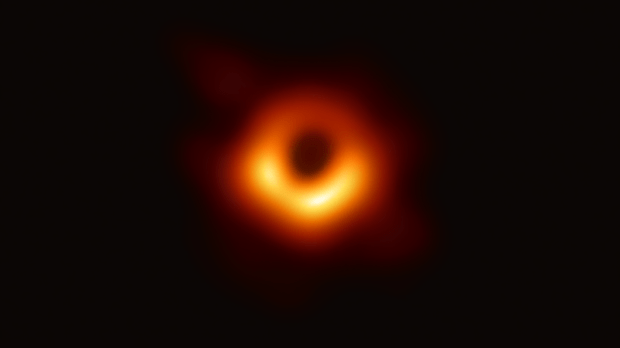Scientists using a global network of telescopes has captured the first-ever photograph of a black hole, researchers with the Event Horizon Telescope Collaboration announced today.
The scientists, who have been working on the project for over ten years, said that the image, which appears to be a dark area surrounded by a ring of light, is the first visual evidence that black holes exist, reported CNN.
The photo captures a black hole and its shadow in a galaxy known as M87. According to the CNN report, the “supermassive” black hole has a mass 6.5 billion times larger than our sun.
“We have seen what we thought was unseeable,” said Sheperd Doeleman, director of the Event Horizon Telescope Collaboration. “We have seen and taken a picture of a black hole.”
According to NASA, a black hole is “a great amount of matter packed into a very small area – think of a star ten times more massive than the Sun squeezed into a sphere approximately the diameter of New York City.”
The result of all of this mass in such a small space, is the creation of a gravitational field so strong that “nothing, not even light, can escape.”
Scientists, have hypothesized about the existence of black holes for centuries. Einstein’s theory of relativity holds that when a massive star dies it leaves behind a dense core, which if it is three times larger than the Sun, produces a black hole.
The Event Horizon Telescope Collaboration used eight radio telescopes around the world to create one virtual telescope as large as the Earth, reported CNN.
“The observations were a coordinated dance in which we simultaneously pointed our telescopes in a carefully planned sequence,” said Daniel Marrone, associate professor of astronomy at the University of Arizona. “To make sure these observations were truly simultaneous, so that we could see the same wavefront of light as it landed on each telescope, we used extremely precise atomic clocks at each of the telescopes.”
The scientists’ observations were published in The Astrophysical Journal Letters.
Meet the scientists involved in the collaboration:

